Physics
Sign up for our newsletter
We summarize the week's scientific breakthroughs every Thursday.
-
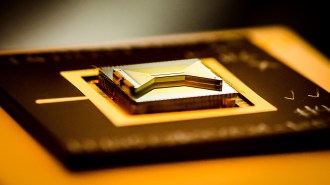 Quantum Physics
Quantum PhysicsScientists are one step closer to error-correcting quantum computers
In a quantum computer made with trapped ions, multiple quantum bits were combined into one to detect mistakes.
-
 Materials Science
Materials ScienceThese colorful butterflies were created using transparent ink
See-through printer ink can create a whole spectrum of colors when printed in precise, microscale patterns.
-
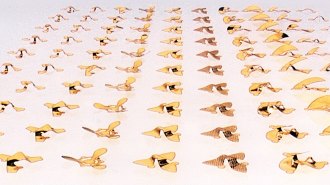 Physics
PhysicsWhirling maple seeds inspired these tiny flying sensors
Scientists envision that small objects modeled after maple tree whirligigs could be used to monitor the environment.
-
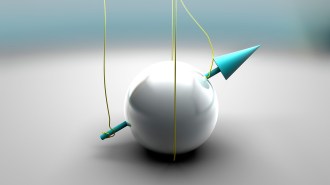 Quantum Physics
Quantum PhysicsOne of nature’s key constants is much larger in a quantum material
The fine-structure constant is 10 times its normal value in the material, giving a peek into what physics in an alternate universe could look like.
-
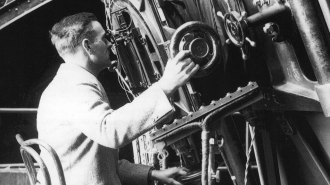 Science & Society
Science & SocietyThe Top 10 scientific surprises of Science News’ first 100 years
In the 100 years since Science News started reporting on it, science has offered up plenty of unexpected discoveries.
-
 Agriculture
AgricultureCold plasma could transform the sustainable farms of the future
Physicists have been working on ways to use the power of plasma to boost plant growth and kill pathogens.
-
 Physics
PhysicsNew ‘vortex beams’ of atoms and molecules are the first of their kind
Twisted beams of atoms and molecules join other types of corkscrew beams made of light or electrons.
-
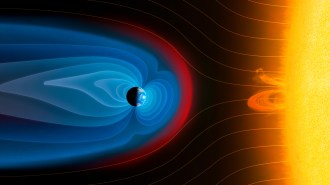 Physics
PhysicsPhysicists caught protons ‘surfing’ on shock waves
A laser experiment could help scientists understand how protons reach high energies traveling through the cosmos.
-
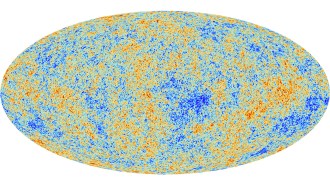 Cosmology
Cosmology‘Flashes of Creation’ recounts the Big Bang theory’s origin story
In ‘Flashes of Creation,’ author Paul Halpern tells the story of George Gamow , Fred Hoyle and their decades-long sparring match about the Big Bang.
-
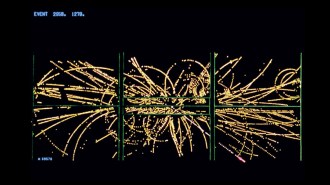 Physics
Physics50 years ago, physicists thought they found the W boson. They hadn’t
Fifty years after a false-alarm discovery, physicists have caught the W boson and are using it to unravel mysteries of particle physics.
-
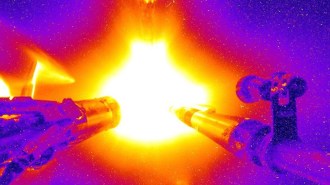 Physics
PhysicsWith a powerful laser blast, scientists near a nuclear fusion milestone
A National Ignition Facility experiment spawned nuclear fusion reactions that released nearly as much energy as was used to ignite them.
-
 Physics
PhysicsWindbreaks, surprisingly, could help wind farms boost power output
Wind farm performance could be improved by 10 percent by using low barriers to increase the wind speed directed at the turbines, simulations suggest.